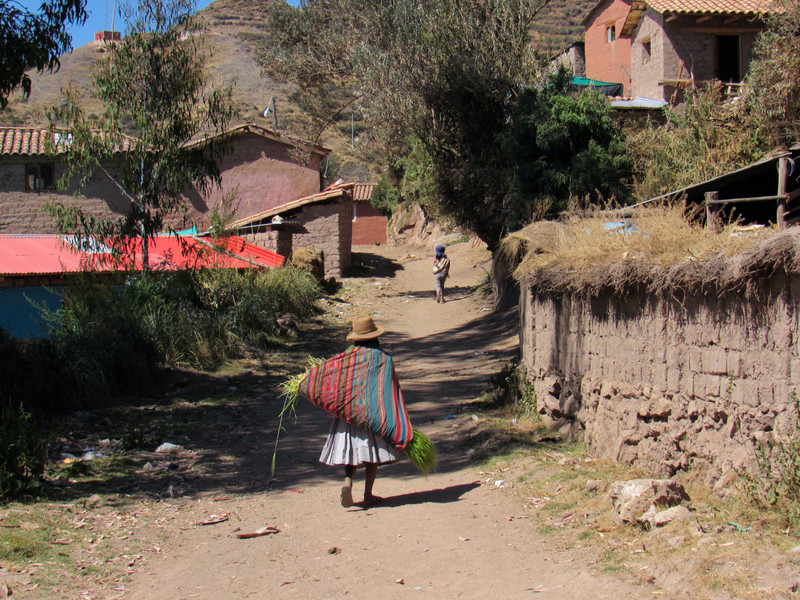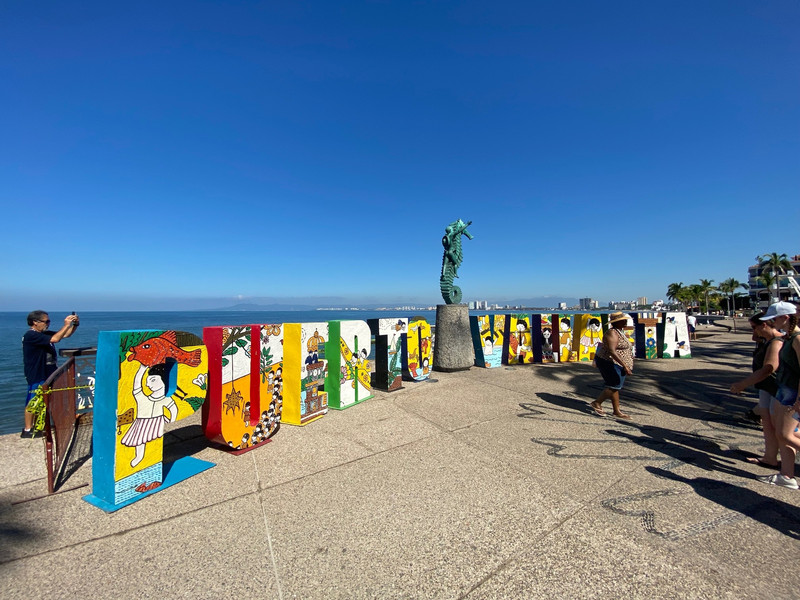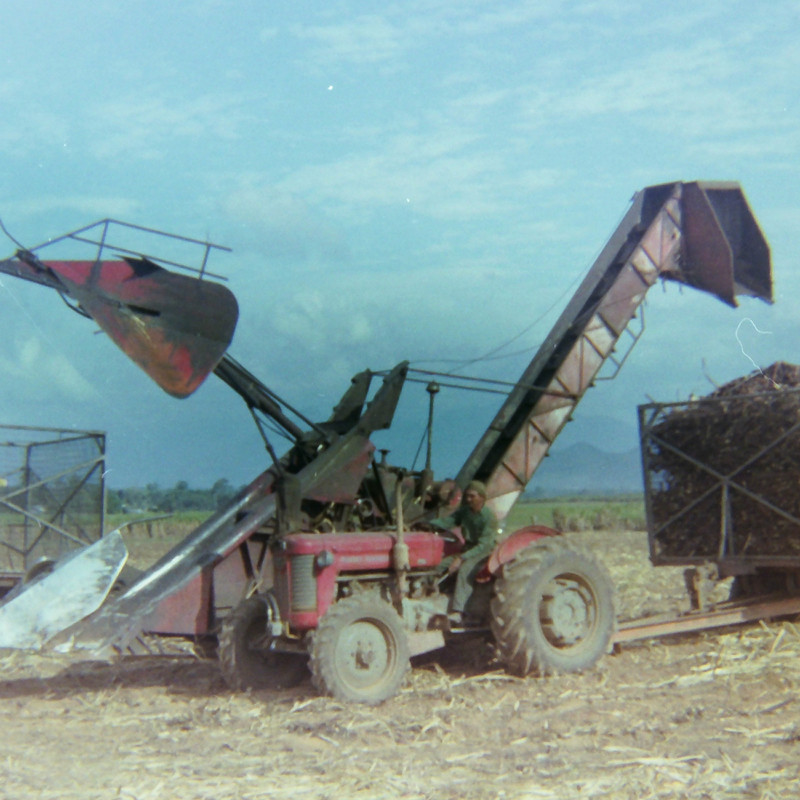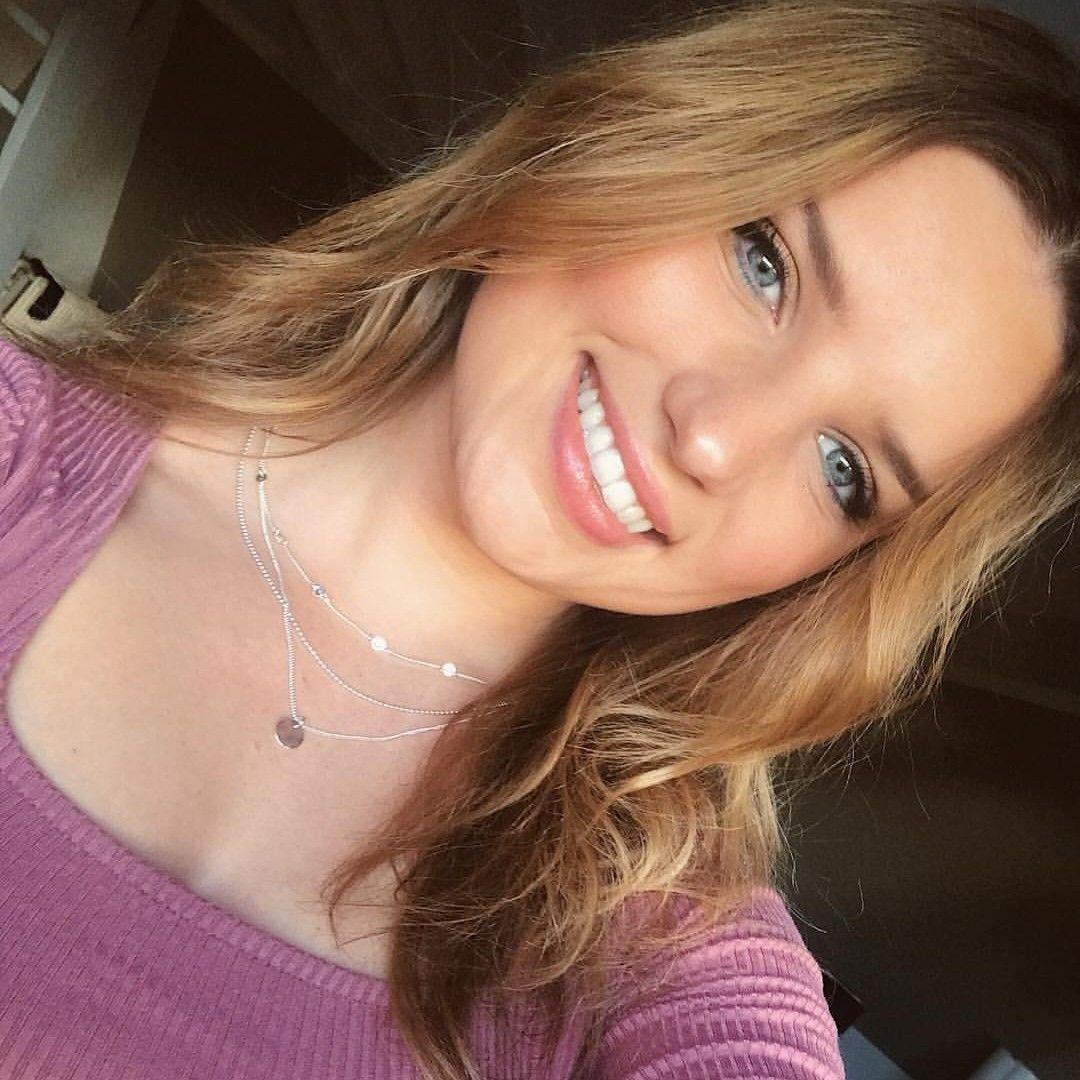This is where the hike to Huchuy Qosqo starts. From Taray, find a taxi who will drive you about a half an hour up to the trailhead for Huchuy Qosqo.
Today is going to be the last Sunday that nobody is allowed to leave home. I doubt that many businesses will be open next Sunday, but at least leaving the house wont be cause for arrest. As things start to open up in Cusco, everybody I know is worried about case numbers going up. I think its unavoidable. We cant hide in our homes forever, but any increase in contact between people is going to bring more contagion.
There are a few things that reassure me that a spike in cases wont be disaster. First, we know a lot more about the virus now. Countries all around the world are studying every aspect of this virus and we know a lot more about how its spread and how to treat it. Second, hospitals are much more prepared now than they were in March. When this first started, hospitals were so quickly overwhelmed and hopefully they will be more able now to treat a spike in numbers. Of course, that might not be the case in many parts of Peru. (See my blog last week and
Even a two or three hour walk from any road, there are living in the mountains. are only four or five families and young people from many of them have left to find education or jobs in town. There are lots of abandoned houses in the mountains around Cusco, and a few with solar panels, like this one.
The third thing that Im really holding on to is how different this virus affects people at high altitude. Cusco is at about 11,000 ft / 3,500 m. Studies have shown that people who live over 3,000m are less susceptible to if we contract the virus and also that the virus itself is less contagious at high altitude. I still think that Cusco is a safe place for me to wait out this pandemic.
Yesterday I mostly rested after all of the excitement from Friday and Saturday. Friday night was the first time Ive been able to spend a night away from home since the quarantine started. Actually, it was my first night away from home since Amanda was here to visit in February.
These journeys up into the mountains make me feel both hopeful and hopeless at the same time. I am so thankful to be in a position where I can connect people who want to help with people who need help. Im also thankful to be in a position where I can actually use all of the donations to buy food.
You first see the terraces outside the gate before you walk through the gate, round the corner and see all of Huchuy Qosqo laid out below you.
However, the position that some of these families are in is pretty dire. They havent had work in months and dont really have much hope for work this year.
In my fundraising and my personal outlook on Ive been focusing mostly on the fact that the hard stop in tourism had taken away their jobs. However, the longer this goes on, and the higher the case numbers get in the rest of Peru, the more I see another side of the difficult situation that theyre in: none of have any Covid cases.
Of course, not having ay Covid cases is a good thing. However, that means that any trip down to town risks bringing the virus back up to As in the case of Tastayoc, dont even have a well for clean water, much less access to any kind of medical care, or even a pharmacy. Getting up to Perolniyoc involves getting past a checkpoint with a locked metal gate, members take turns keeping out unauthorized visitors. It also serves as a checkpoint for anybody leaving Of course, none of them have cars and its easy
High above Huchuy Qosqo, the only mountain with snow is San Juan. Back when the Spanish arrived, they described mountains covered with silver. Glaciers still covered the Peruvian Andes in the 1500s, although very few glaciers are left 500 years later.
enough to walk around the gate. It still serves as a checkpoint and people have to really think about the risk that they put everybody in if they are exposed to the virus while in town.









